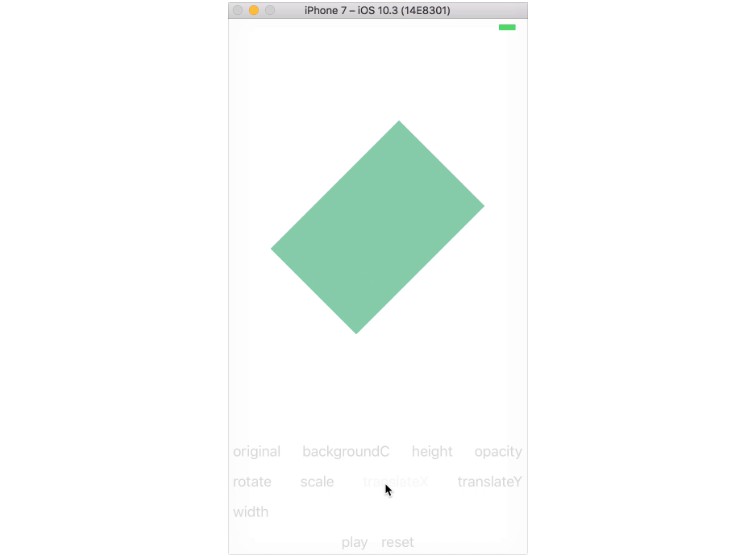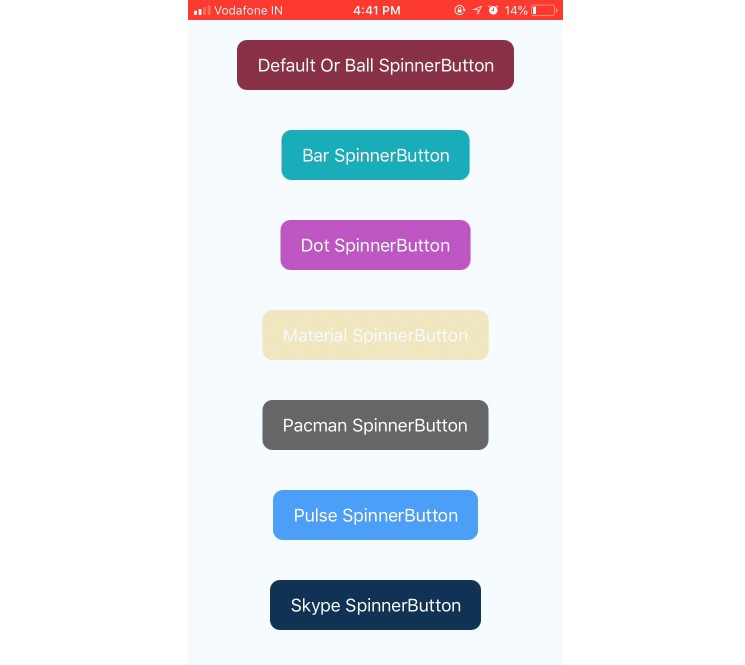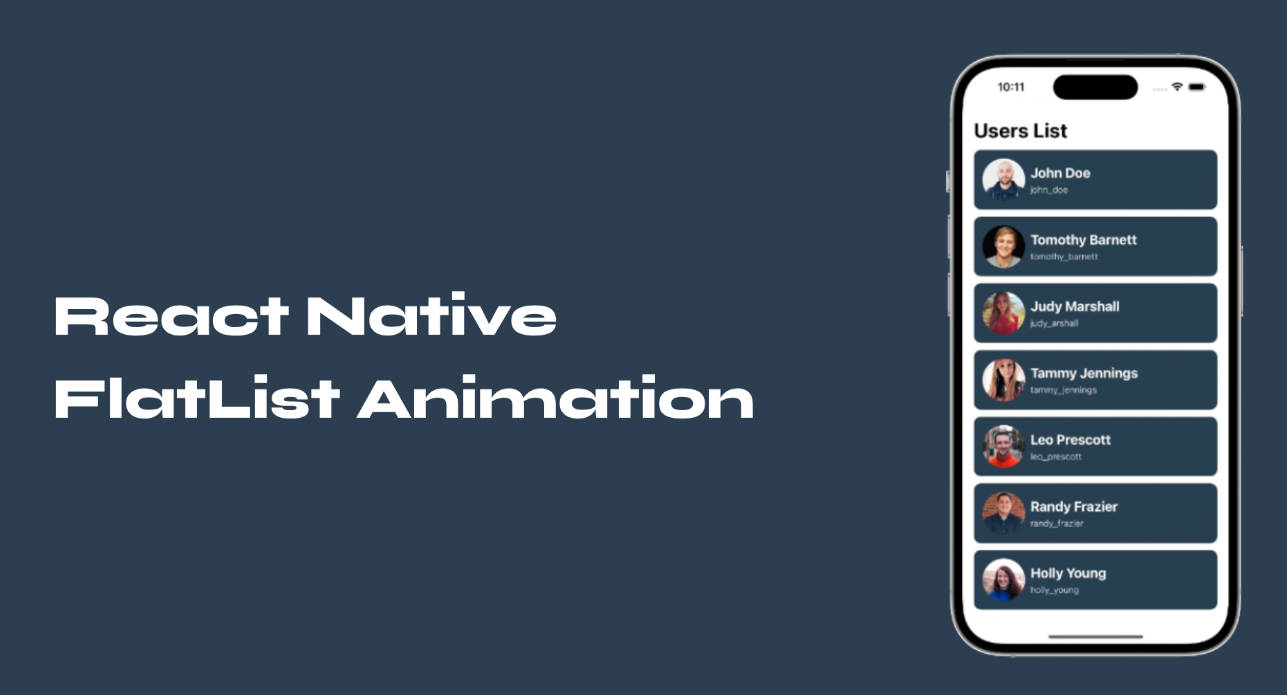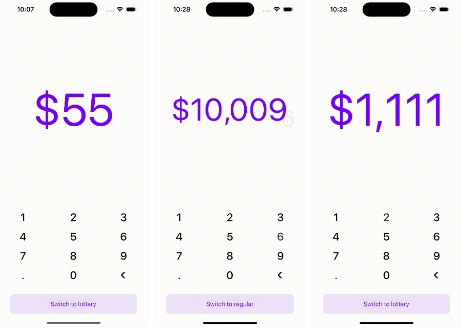Haraka
You define the behavior states of the component, and then animate between them.
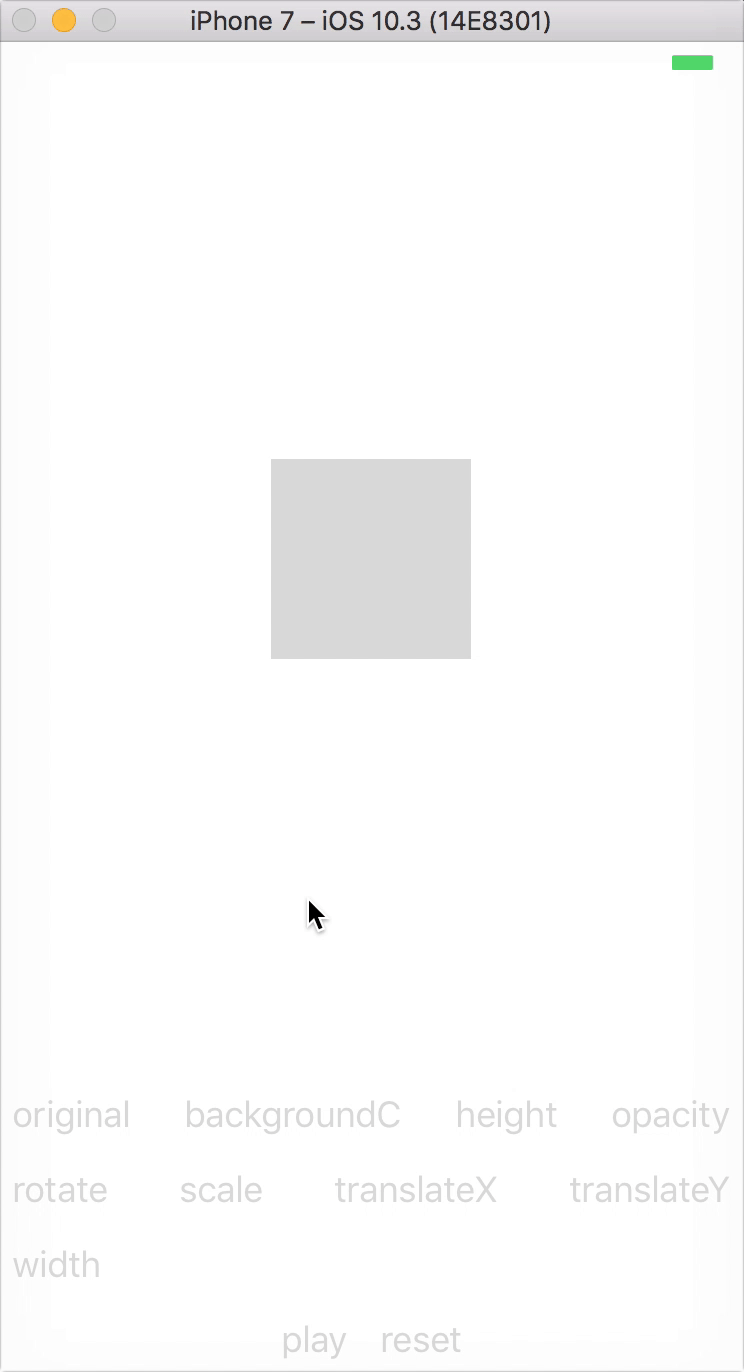
Usage
import Behavior from 'haraka';
box = React.createRef();
<Behavior
ref={this.box}
state={[
{ backgroundColor: 'gray' }, // state 0
{ backgroundColor: 'green' }, // state 1
{ opacity: 0.5 }, // state 2
{ rotate: '45deg' } // state 3
]}
/>;
// ..
this.box.current.goTo(1); // animates box's backgroundColor from gray to green
this.box.current.goTo(2); // animates the opacity of the -now- green box from 1 to 0.5
this.box.current.goTo(3); // rotates the faded green box 45 degrees, starting from 0
this.box.current.goTo([1, 2, 3]); // plays a sequence of behavior states, colorize then fade then tilt
// or use the declarative API instead of `goTo()`
<Behavior currentState={0} />
<Behavior currentState={1} />
Install
yarn add haraka
Definition
type DefaultConfig = { // goTo() default configuration
type?: 'spring' | 'timing', // default = 'spring', `Animated.spring()` or `Animated.timing()`
onStart?: func, // to be executed once animation is started, inside `.start()`
onComplete?: func, // to be executed once animation is completed, inside `.start()`
delay?: number, // used to delay the start of the animation (ms)
ref?: bool, // this will return the animation reference instead of playing it immediately
// can be useful for animating multiple behaviors with `Animated.sequence()` and `Animated.parallel()`
// `onStart` and `onComplete `are ignored when `ref` is enabled
...AnimatedSpringOptions, // excluding toValue, useNativeDriver (see React Native docs), spring type
...AnimatedTimingOptions // excluding toValue, useNativeDriver (see React Native docs), timing type
};
type State = {
backgroundColor?: string, // default = 'transparent'
height?: number, // no percentages, default = null
opacity?: number, // [0, 1], default = 1
rotate?: string, // e.g. '45deg', default = '0deg'
scale?: number, // default = 1
translateX?: number, // default = 0
translateY?: number, // default = 0
width?: number // no percentages, default = null
};
type StyleProp = {
prop: string,
default: string | number | null,
native?: bool,
transform: bool
};
type Behavior = {
config?: DefaultConfig,
clearStyleProps?: bool, // removes all default style props on mount and utilizes whatever in `styleProps` only
state?: State[], // default value is [{}, {}], [{}] can be used for a static behavior
nativeDriver?: AnimatedValue, // default = new Animated.Value(0), you can use a custom native driver
driver?: AnimatedValue, // default = new Animated.Value(0), you can use a custom driver
// nativeDriver prop is used for opacity, rotate, scale and translate (native animations)
// driver prop is used for backgroundColor, height and width (js animations)
children?: any, // behavior component can enclose other components or enclose another behavior(s)
clamp?: bool, // default = false, prevent animations from exceeding their ranges
keys?: number[], // can be used with custom drivers to define custom state keys/indices
currentState?: number, // default = 0, use to declaratively toggle animation
initialState?: number, // default = 0
skipProps?: string[], // default = [], allows filtering passed props from being included in styles
skipStyleProps?: string[], // default = [], allows dropping unused style props
style?: object, // style of the behavior view, default = {}, AnimatedViewStyle (see React Native docs)
styleProps?: StyleProp[], // default = [], allows adding any type of style props manually
unmounted?: bool, // default = false, start behavior in the unmounted state
// animation presets (they populate `state` prop which will be ignored):
faded?: bool, // default = false, see below for available presets
// layout presets (they populate `style` prop):
absolute?: bool, // default = false, see below for available presets
centered?: bool, // default = false
fixed?: bool, // default = false
full?: bool, // default = false
landing?: bool, // default = false
};
// animation presets
const presets = {
faded: [{ opacity: 0 }, { opacity: 1 }]
};
// layout presets, you can use multiple, along with `style` prop, they have a higher priority over it
const layoutPresets = {
absolute: { bottom: 0, left: 0, position: 'absolute', right: 0, top: 0 },
centered: { alignSelf: 'center' },
fixed: { position: 'absolute' },
full: { flex: 1 },
landing: { alignItems: 'center', flex: 1, justifyContent: 'center' }
};
// methods
// animate to a specific behavior state
behavior.goTo(index: number | number[], config?: DefaultConfig = {})
behavior.unmount() // useful for removing components that are hidden after animation
behavior.mount(state: ?number) // useful for animations that start in a hidden state
// use along with `unmounted` prop and `mount()`
behavior.key // to retrieve current state key
behavior.setNativeProps({} : Props) // gives you the ability to change props without having to re-render
